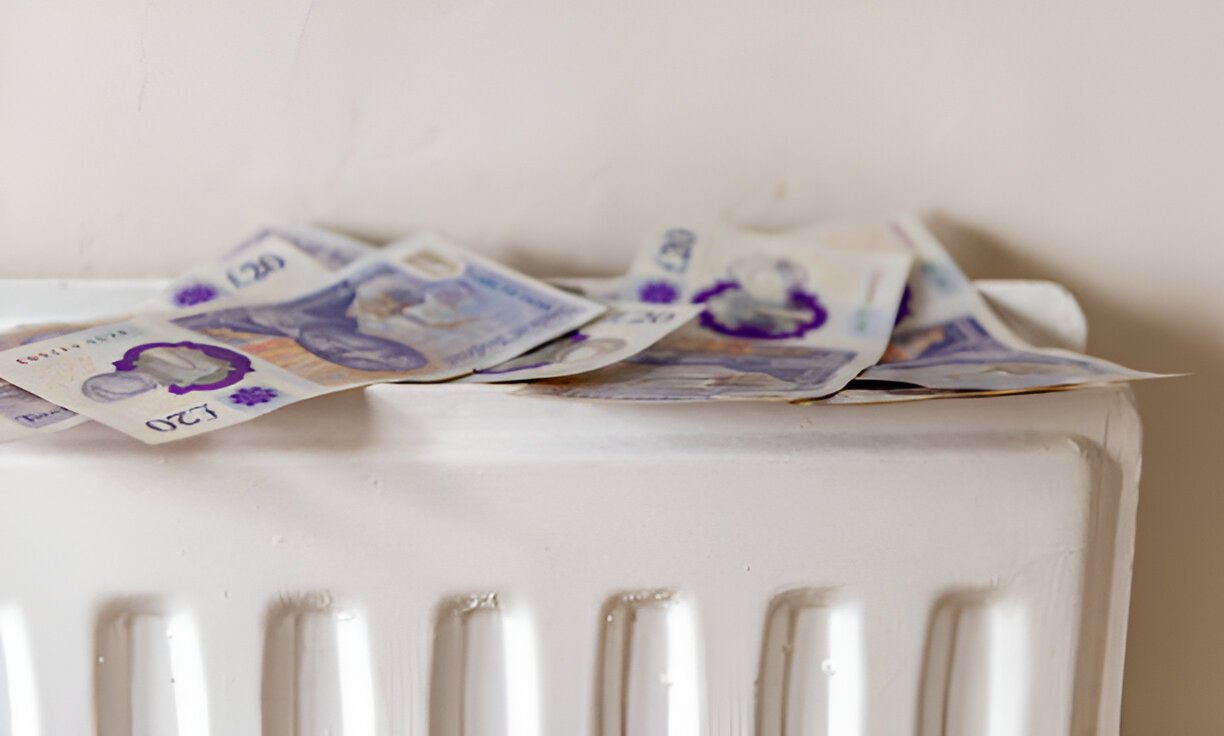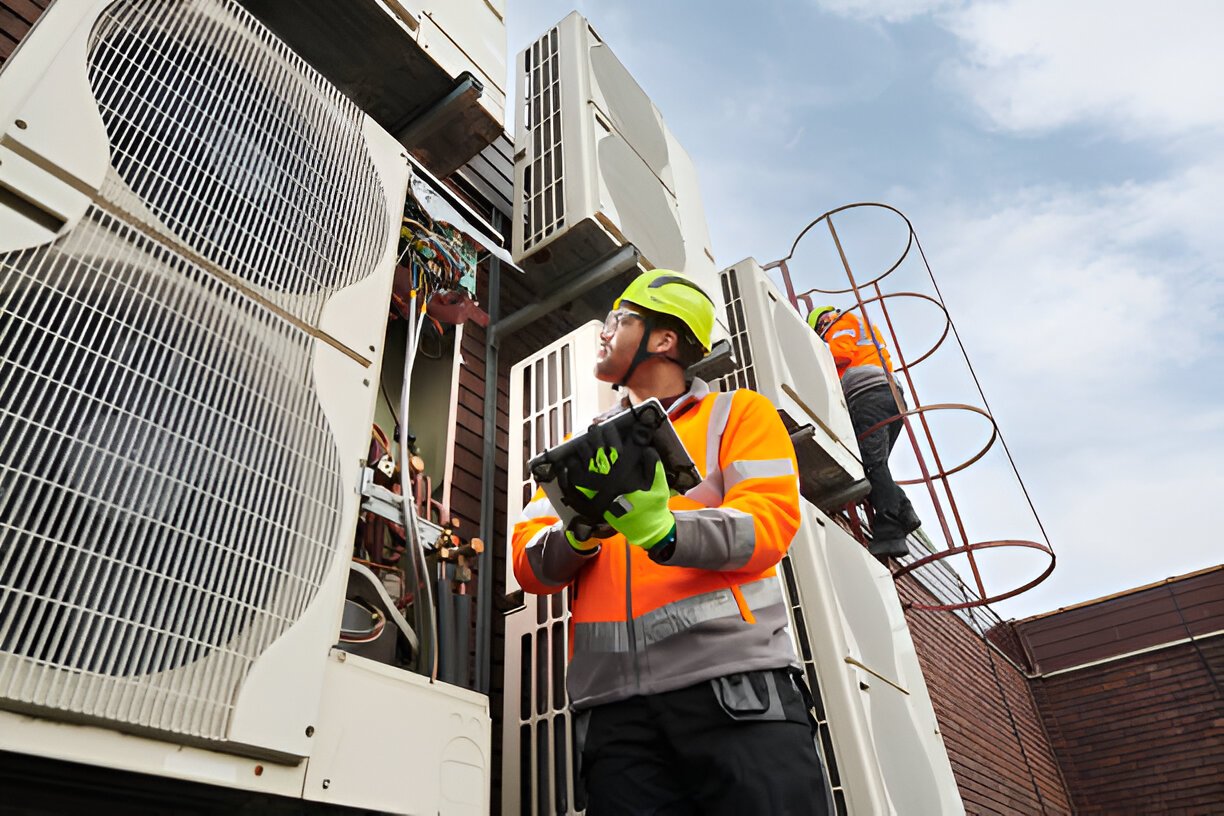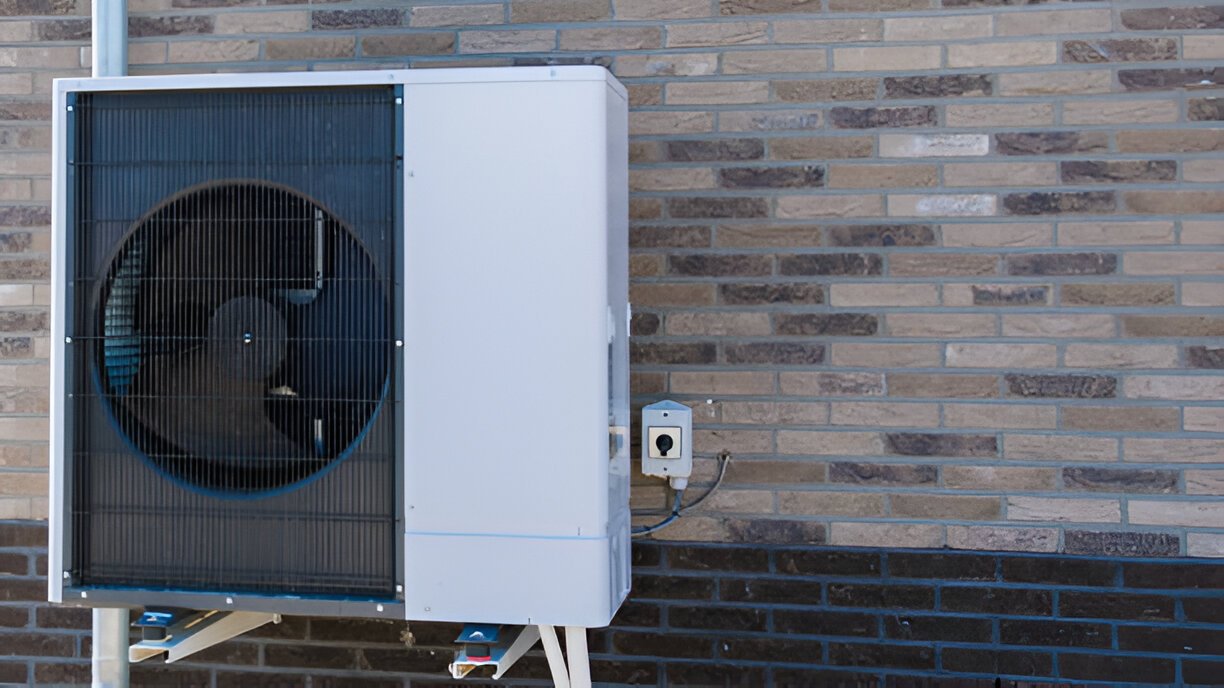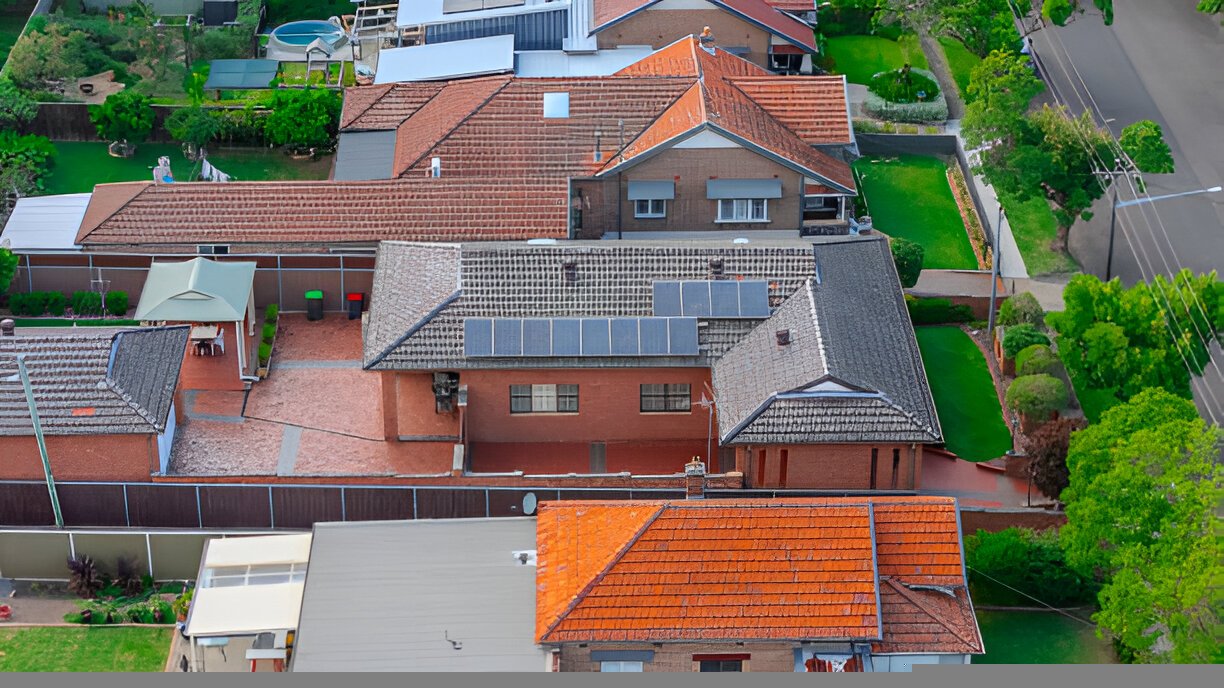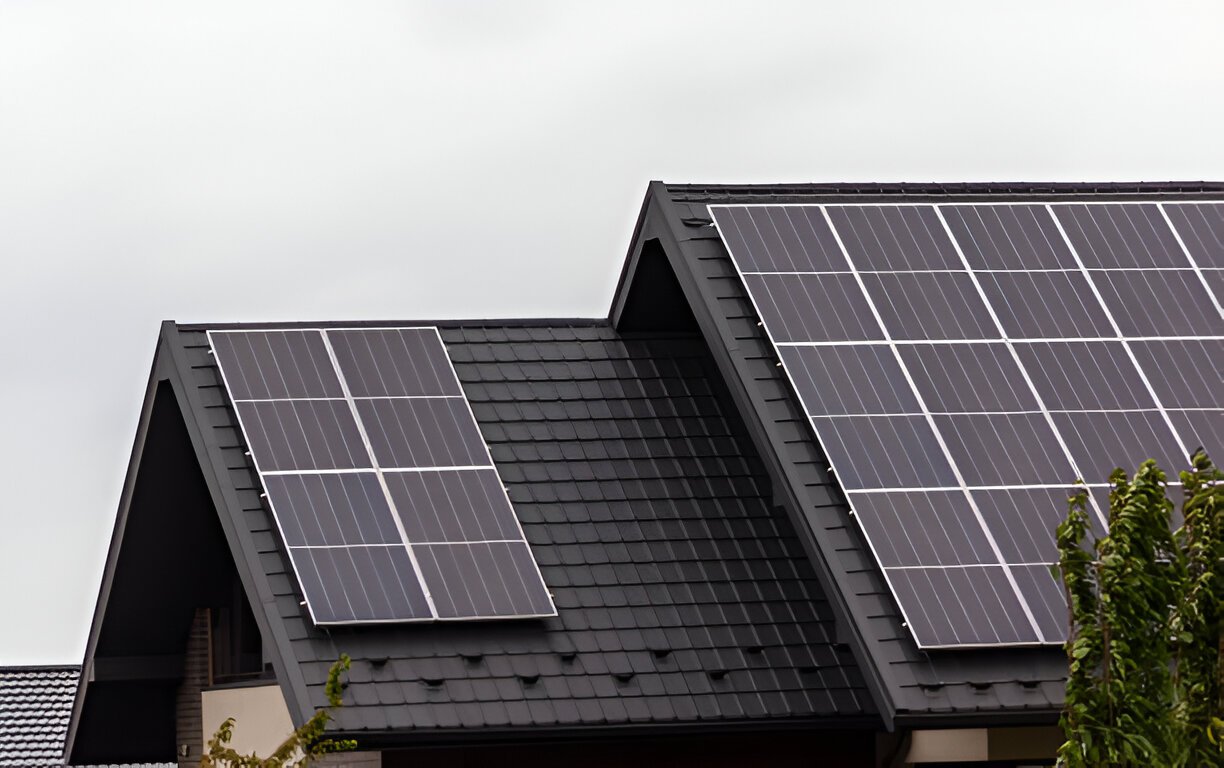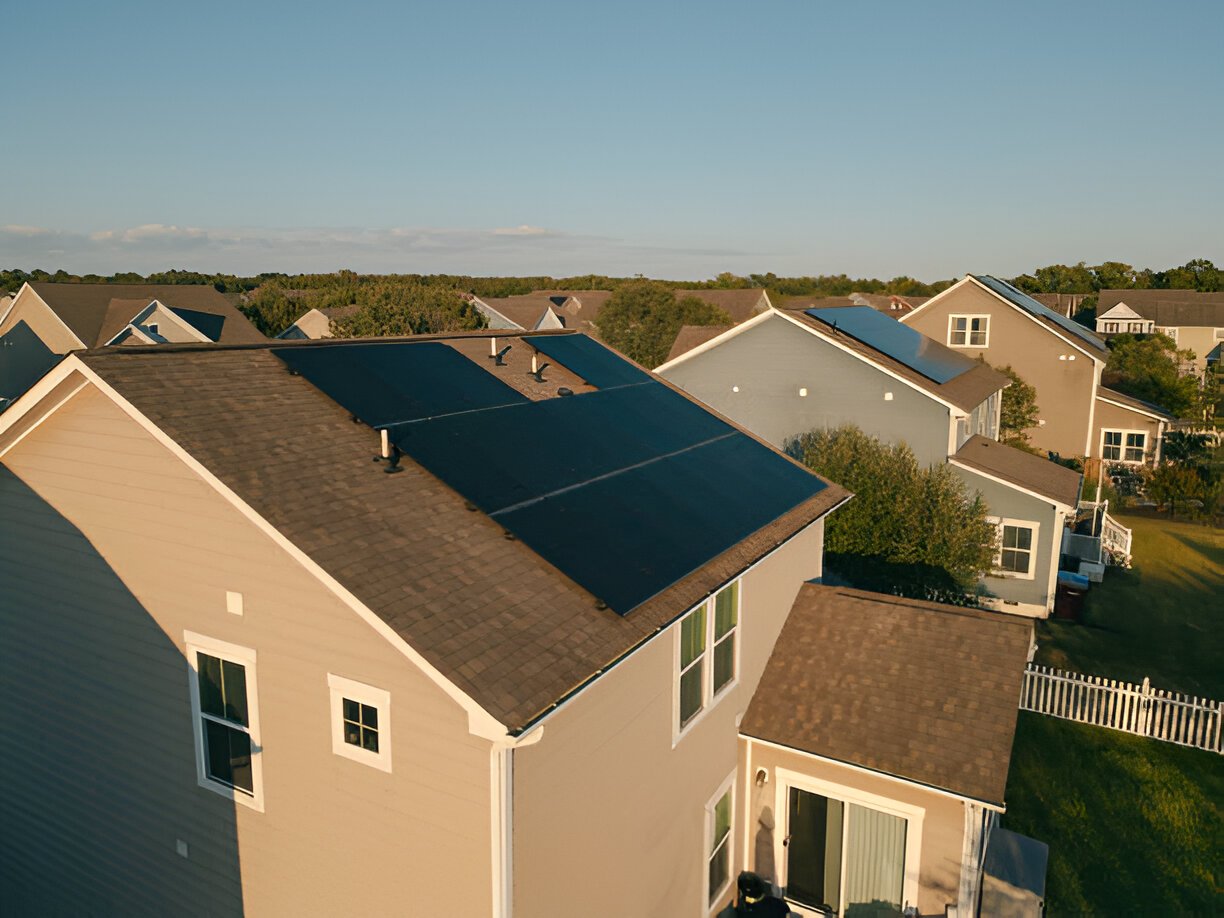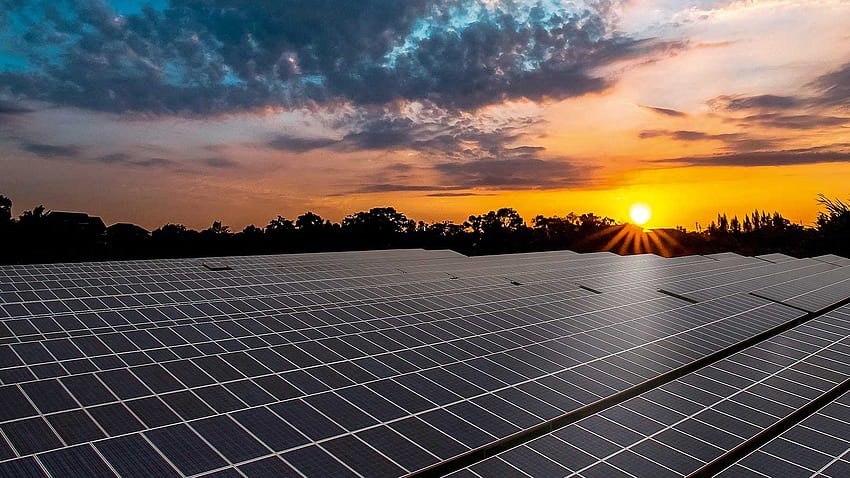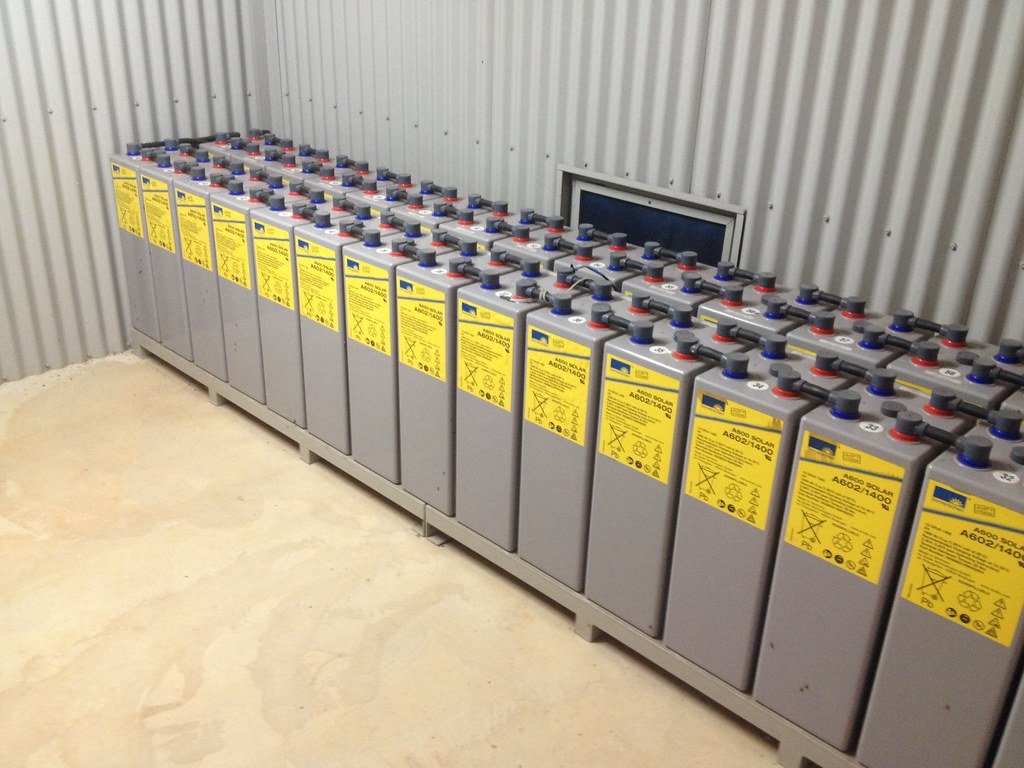Solar Panels work by converting the energy from photons during the daylight into electric current. It uses materials like silicon which is a semiconductor to be receptive to electrons dislodged in the photovoltaic cells due to the photon energy. This electric current is direct current which is then converted into alternate current through an inverter. This electricity is then used or stored in solar batteries for later use.
This process of generating renewable electricity sounds great when the sun is shining and the photovoltaic cells have a lot of photons to convert to energy. But what if the sun is scorching hot? Or what if there is a cloud cover ahead of the rain? How can you safeguard your panels from extreme weather conditions like hurricanes and hailstorms?
In this article, we cover this all by answering a burning question amongst solar panel investors: How do solar panels perform in extreme weather? This knowledge is quite important too. The reason is that with this knowledge, they can keep their panels safe from damage caused by these conditions and get the most out of their investment.
Solar Panel Durability and Weather Resistance
Solar panels are engineered to withstand harsh weather conditions since they are meant to be installed outdoors. The cells are made of silicon encapsulated in a durable frame and covered with tempered glass. This robust construction allows them to resist most damage from wind, rain, snow, and hail.
Since these standards are not a requirement, manufacturers that offer high-quality solar panels, like ones supplying to Samso Solar do test their panels for durability and weather resistance. Standards, such as IEC 61215 and UL 1703 outline rigorous testing procedures that allow manufacturers to assess the panels’ durability during extreme conditions and continue generating solar power efficiently past their warranty period.
Here are some of the tests that ensure their durability, enabling them to perform at an optimal rate, during their full lifecycle:

Backsheet Testing:
The backsheet of the panels is critical to its safety since it protects the internal wiring from weather damage. During this test, the panel is exposed to damp-heat conditions for over 1000 hours. UV exposure to the rear side and then thermal cycling then follows.
Mechanical Stress:
During their lifetime, solar panels are bound to experience mechanical loads like the weight of snow. A static load of 2400 Pa is applied gradually to the panels to ensure their ability to withstand such pressures.
Potential-Induced Degradation (PID) Test:
In this test, panels are tested using high voltage. This ensures that the panels are able to withstand power loss due to voltage potential differences between the frame and the cells.
Performance in Hot Weather
Solar panels generate more solar energy when they get heat from the direct sunlight. However, contrary to a popular assumption, extreme heat is not always good news for those who have invested in solar panels.
The reason is that high temperatures (beyond 35°C or 95°F) increase the solar panel resistance. This lowers the electric current generated, thereby impacting efficiency. Per degree Celsius, the energy production decrease is between 0.35% and 0.5%. While this might seem like a small number, when clubbed together with each degree higher than 35°C, the difference is clear.
To mitigate the effects of hot climates, here are some solutions:
- Optimized panel orientation: Installing solar panels at an optimal angle to minimize direct sunlight exposure during peak heat hours. Ideally, the panels should be at a 15-20 degree tilt from the horizon. If your area gets very hot during the summer, the panel height should not be very high.
- Panel cooling systems: With technological improvements, we also have advanced cooling technologies, such as water-cooling or air-cooling systems, to reduce panel temperatures during hot days.
- High-efficiency solar cells: A number of solar cell technologies, such as PERC or bifacial cells can be used in areas that experience high temperatures. These solar cells are made of materials that are less susceptible to temperature-related performance losses.
Performance in Cold Weather
If you’re new to solar, you’d be surprised to learn that solar panels can generate electricity in cold weather. In fact, the part that is most surprising is that the lower temperatures can improve the efficiency of solar cells. The lower temperatures reduce internal resistance and increase solar power output.
However, because the sun is out for a shorter time during winter and the sun is lower in the sky, the performance might be impacted a little. Plus, if solar panels get ice on top of them, it can create a barrier between the cells and the sun, reducing the performance.
Here’s how to treat solar panels during the winter months:
- Keep the panels free of snow and ice. Use a soft brush to get them off the panels and clean them with a soft cloth to get rid of any dirt that might be left behind.
- Another great tip is to tilt the panels at a steeper angle. Not only does it reduce snow accumulation, but it can also improve solar radiation absorption.
Performance in High Winds and Hurricanes
Solar panels from reputable manufacturers are designed to withstand high wind speeds. However, events like hurricanes can pose a significant risk to their structural integrity. During high winds and hurricanes, mounting systems made of heavy-duty material can also withstand the loads.
If panels are properly installed and mounted, the risk of damage during high winds is reduced significantly. However, regular maintenance and checks are necessary to make sure that the mounting systems are in shape and the panels are not loose. The maintenance checks ensure that the panels are well-secured.
If you’re expecting high winds or hurricanes in your area, make sure to schedule a maintenance check with the professionals who installed your system. They will make sure that everything is well-secured so damage is minimal.
Performance in Hailstorms and Severe Weather Events
Hailstorms are quite dangerous as, like strong winds, they don’t spare anything. These round-shaped, hard balls of ice impact and damage anything that comes their way.
Even though solar panels are made of tempered glass which is impact-resistant, the severity of the hail damage can affect solar panels too. The size and speed of the hailstones are what contribute to their severity.
To protect solar panels during hailstorms, you can install impact-resistant glass or use protective covers. Ask your installers to help you with finding a protective cover that can keep your panels safe.
After the hailstorm, schedule an inspection with your installer for damage identification. If any of the panels are damaged, they need to be removed as soon as possible as they can impact the performance of other panels.
Long-Term Impact of Extreme Weather on Solar Panels
Repeated exposure to adverse conditions can pile up and impact the panel’s performance and reduce its lifespan. While solar panels from reputable manufacturers undergo rigorous tests to make them up to par and able to withstand harsh environments, physical damage can gradually degrade their efficiency over time.
To make sure that the panels withstand adverse weather, always choose reputable manufacturers or installers that partner with the best manufacturers in the industry. Regular inspection and maintenance are also a necessary factor that contributes to continued panel efficiency and longevity.
You can carry out inspections and cleaning yourself. But for thorough inspections after an extreme event or a yearly maintenance routine, hire professionals to help you and make the most out of your investment.
Conclusion
Solar panels from reputable manufacturers can perform well in extreme conditions like high heat and cold weather. However, for events like high winds, hurricanes, or hailstorms, it is important to invest in protective covers.
This article covered a range of weather conditions that impact panel performance and their lifespan. People who are considering investing in solar panels and those who have already invested should learn how to protect their solar panels so their investment is worthwhile.

